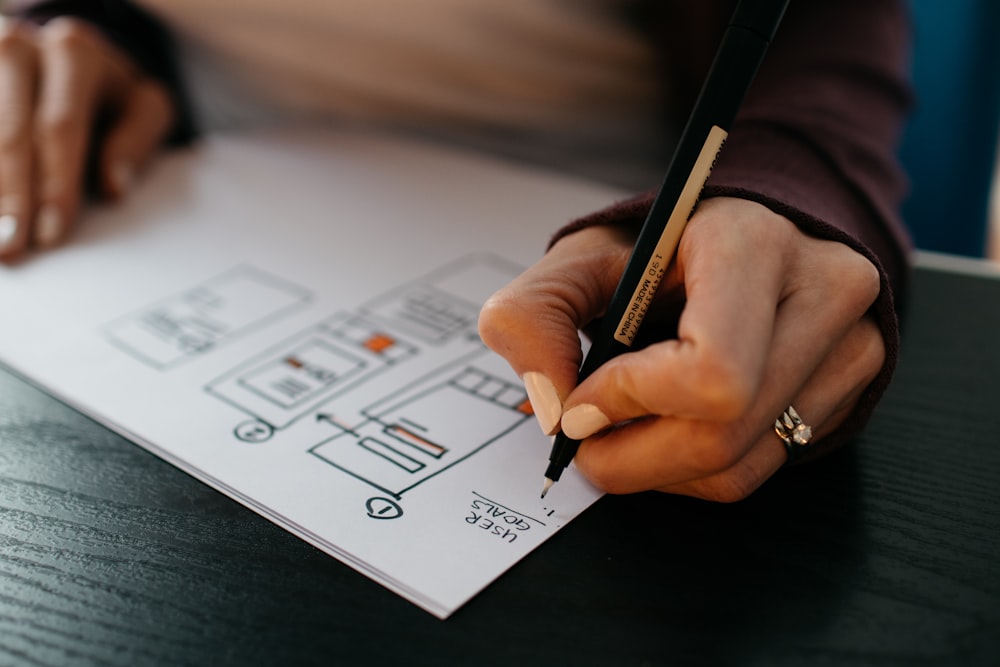
Hurricanes, earthquakes, tsunamis and other unpredictable disasters not caused by human beings wreak havoc in many different ways. Infrastructure is often damaged, economies falter and there is frequently loss of life. To make matters worse, the supply networks that bring everything from food to STmicroelectronics semiconductors can become severely disrupted or may shut down altogether.
THE EFFECTS ON SUPPLY CHAINS
As a manufacturer of electronics products, your network of vendors and subcontractors is probably complex and multi-tiered. When a storm or quake strikes, any number of those intricately woven links may be impaired or broken. This can lead to effects such as closed ports, postponed deliveries, canceled cargo flights, disruptions in ground transportation and imbalances in supply and demand. The ripple effects of these bottlenecks can flow out to encompass other businesses and economies as well as end users. If the items being shipped are essential, the consequences can be dire. This has never been better illustrated than during the spring of 2020 when personal protective equipment was in such short supply during the COVID-19 pandemic.
TAKING THE PROACTIVE APPROACH

Although it is impossible to predict when a particular event will happen, that doesn’t mean your company cannot take some simple steps to prepare in advance. Here are just some of the things you can do:
• Create a disaster readiness and recovery plan that is detailed and specific. Be sure that all stakeholders are involved and that everyone knows what their particular responsibilities will be should disaster strike. In addition, conduct research into backup suppliers that you can call should your primary raw materials or components manufacturers suddenly need to close down.
• Include your third-party suppliers in your plans. The goal is to assess the level of risk that each poses. How vulnerable are they to be seriously impacted by a natural disaster, and what preventive measures have they implemented? If you complete a scorecard for each, this provides a visually accessible tool that you can use to learn which vendors are the most important to your organization during and after a natural disaster.
• Assess the potential risks to your brand’s reputation that result from disaster-related supply chain disruptions. Is your supply chain diversified, transparent and robust enough to withstand public scrutiny? Are there any preemptive steps you can take to protect your company’s standing in the public eye?
• After the worst of the crisis is over, conduct a thorough investigation. Ask what went right as well as where you could have done better. Document your findings so that you can utilize them in your next natural disaster planning session.
The bottom line in disaster preparedness is to plan for the worst while hoping for the best.
Mother Nature is capable of destroying in just a few minutes or hours what humans have spent decades or even centuries building. Do your best to minimize the damage that such a crisis can cause to your company’s bottom line, its customers and its reputation. There is no time like the present to start discussing that emergency readiness and recovery strategy.
